We were rudely awakened by a rythmnic crashing noise and
realised that behind the trees across the oh so peaceful river was a quarry, and we could hear some sort of crusher at work.
We drove the short distance to Kongsberg (King's Mountain) as luck would have it, passing an LPG station on the way in.
We found a pump-out station at a Shell garage, and when I asked the man behind the counter if he knew where we could park a MH for a few hours he said we could park there for 3 hrs for 20 NOK ( about £1.70!) A footpath under the railway led straight into the town.
We liked Kongsberg very much. The peaceful River Lagen we overnighted by, storms through the town over a horse-shoe shaped weir and down a series of rapids.
Silver in a very pure form was found in Kongsberg in 1623 , and King Christian 1V sponsored its development ( and became very rich!) By the 1750's it was the largest town in Norway.
The silver works closed in 1805, but by this time the town was the site of the Royal Mint. This has been privatised, but is still a major employer to this day.
As in another mining town, at Roros, the mine owners showed off their great wealth and influence by building a big church. This Church was opened in 1761, was built of 4 million bricks and is the largest Baroque church in Norway.
Inside it is completely lined with painted wood, with gilding, paintings and faux marble effects.
It looks very much like a theatre, with a very ornate, glass-fronted Royal Box. The pulpit is above the altar, to hammer home the point that the priest was expressing God's will.
The seating arrangements are totally hierarchical. Facing the pulpit is the King's box and boxes for the silver work's managers. Other mining officials sat in glass fronted enclosures.
Their womenfolk sat in reserved pews on the ground floor. The first tier of the gallery was for the Kongsberg petite bourgeoisie, the next tier for the workers, and then squeezed in at the top and the back right up to the ceiling were the 'proletariat'!
I took quite a few pictures to show the layout. We were the only ones there and could wander around at will. The church is being re-roofed and some of the windows are covered, making it seem quite dark.
The baroque organ has been restored to its original state and is supposed to be one of the best in Scandinavia and used for many recitals.
The main street is pedestrianised, leading to an attractive bridge over the river and the town has a really pleasant feel to it.
We moved on, on the E134, stoppin to look at the Heddal Stavkirke, the biggest in Norway and one of the 'top three'.
We then joined the 41 and went directly South down the very attractive valley, following a river, which widened into lakes, all the way down.
We found a good overnight spot ,high up, on a bend in the old road. This overlooked the river flowing slowly down below us. There were several places on the banks where we hoped some wildlife might come down later in the evening - perhaps a moose?
We kept a look out and at about 11pm when it was starting to get dusky ( or dimpsy) we spotted ripples on the river. We thought it might be otters, but when an animal went to the bank we thought it was too big and was perhaps a coypu?
We discovered that coypus are supposed to have been eradicated from Scandinavia and what we saw must have been a beaver.
We got out to have look but were engulfed in swarms of midges and had to beat a very hasty retreat!
I managed to take a photo, but taken through glass and almost in the dark its not brilliant, but just about identifiable.
Silver and wood.
Friday, June 19, 2015
 Dølemo, Aust-Agder, Norway
Dølemo, Aust-Agder, Norway
Other Entries
-
33All the way to A (passing through Bo)
Jun 0217 days prior Lofoten Islands, Norwayphoto_camera92videocam 0comment 0
Lofoten Islands, Norwayphoto_camera92videocam 0comment 0 -
34Oh what a beautiful morning!...........
Jun 0316 days prior Fossbakken, Norwayphoto_camera50videocam 0comment 2
Fossbakken, Norwayphoto_camera50videocam 0comment 2 -
35Frustrated again!
Jun 0415 days prior Skibotn, Norwayphoto_camera36videocam 0comment 0
Skibotn, Norwayphoto_camera36videocam 0comment 0 -
36Busy doing.......... chores
Jun 0514 days prior Skibotn, Norwayphoto_camera0videocam 0comment 0
Skibotn, Norwayphoto_camera0videocam 0comment 0 -
37Tirpitz hideaway and Rock Art
Jun 0613 days prior Alta, Norwayphoto_camera53videocam 0comment 0
Alta, Norwayphoto_camera53videocam 0comment 0 -
38Next stop, the North Pole?
Jun 0712 days prior Nordkapp, Norwayphoto_camera54videocam 0comment 3
Nordkapp, Norwayphoto_camera54videocam 0comment 3 -
39Back across the blasted heath.
Jun 0811 days prior Alta, Norwayphoto_camera19videocam 0comment 0
Alta, Norwayphoto_camera19videocam 0comment 0 -
40We're not Finnish-ed yet!
Jun 0910 days prior Pajala, Swedenphoto_camera46videocam 0comment 2
Pajala, Swedenphoto_camera46videocam 0comment 2 -
41South across the Arctic Circle.
Jun 109 days prior Umeå, Swedenphoto_camera30videocam 0comment 1
Umeå, Swedenphoto_camera30videocam 0comment 1 -
42We've had enough of trees!
Jun 118 days prior Ljusdals, Swedenphoto_camera16videocam 0comment 0
Ljusdals, Swedenphoto_camera16videocam 0comment 0 -
43A day off
Jun 127 days prior Ljusdals, Swedenphoto_camera11videocam 0comment 0
Ljusdals, Swedenphoto_camera11videocam 0comment 0 -
44Back to snow and mountain views
Jun 136 days prior Alvdal, Norwayphoto_camera37videocam 0comment 0
Alvdal, Norwayphoto_camera37videocam 0comment 0 -
45Take me high, high, high, take me low,low,low!!!!!
Jun 145 days prior Valldal, Norwayphoto_camera71videocam 0comment 2
Valldal, Norwayphoto_camera71videocam 0comment 2 -
46Golden route part 2 and even more -WOW!
Jun 154 days prior Sogndal, Norwayphoto_camera83videocam 0comment 3
Sogndal, Norwayphoto_camera83videocam 0comment 3 -
47Back again
Jun 163 days prior Sogndal, Norwayphoto_camera0videocam 0comment 3
Sogndal, Norwayphoto_camera0videocam 0comment 3 -
48Taking it easy.
Jun 172 days prior Sogndal, Norwayphoto_camera5videocam 0comment 0
Sogndal, Norwayphoto_camera5videocam 0comment 0 -
49Heading South
Jun 181 day prior Kongsberg, Norwayphoto_camera25videocam 0comment 0
Kongsberg, Norwayphoto_camera25videocam 0comment 0 -
50Silver and wood.
Jun 19 Dølemo, Norwayphoto_camera81videocam 0comment 0
Dølemo, Norwayphoto_camera81videocam 0comment 0 -
51On the beach!
Jun 201 day later Mandal, Norwayphoto_camera52videocam 0comment 1
Mandal, Norwayphoto_camera52videocam 0comment 1 -
52To the Lighthouse! (With apologies to VW)
Jun 212 days later Lindesnes Municipality, Norwayphoto_camera30videocam 0comment 3
Lindesnes Municipality, Norwayphoto_camera30videocam 0comment 3 -
53On the road to Mandal........ hey?
Jun 223 days later Mandal, Norwayphoto_camera7videocam 0comment 1
Mandal, Norwayphoto_camera7videocam 0comment 1 -
54Skagerrak and Kattegat- not by Dave D and co!
Jun 234 days later Skagen, Denmarkphoto_camera32videocam 0comment 1
Skagen, Denmarkphoto_camera32videocam 0comment 1 -
55Shifting sands
Jun 245 days later Løgstrup, Denmarkphoto_camera25videocam 0comment 0
Løgstrup, Denmarkphoto_camera25videocam 0comment 0 -
56Good vibes in Viborg
Jun 267 days later Ribe, Denmarkphoto_camera33videocam 0comment 0
Ribe, Denmarkphoto_camera33videocam 0comment 0 -
57Beautiful Danish churches
Jun 267 days later Bredstedt, Germanyphoto_camera68videocam 0comment 0
Bredstedt, Germanyphoto_camera68videocam 0comment 0 -
58Back to german Aires
Jun 278 days later Remels, Germanyphoto_camera15videocam 0comment 0
Remels, Germanyphoto_camera15videocam 0comment 0 -
59Too wet and windy!
Jun 289 days later Alkmaar, Netherlandsphoto_camera21videocam 0comment 0
Alkmaar, Netherlandsphoto_camera21videocam 0comment 0 -
60No cheese market for us!
Jun 2910 days later Alkmaar, Netherlandsphoto_camera39videocam 0comment 0
Alkmaar, Netherlandsphoto_camera39videocam 0comment 0 -
61From cheese to china via Schipol
Jun 3011 days later Delft, Netherlandsphoto_camera6videocam 0comment 0
Delft, Netherlandsphoto_camera6videocam 0comment 0 -
62Hot sun and sore feet
Jul 0112 days later Delft, Netherlandsphoto_camera38videocam 0comment 0
Delft, Netherlandsphoto_camera38videocam 0comment 0 -
63Back again for Market day!
Jul 0213 days later Delft, Netherlandsphoto_camera22videocam 0comment 1
Delft, Netherlandsphoto_camera22videocam 0comment 1 -
64Along the dykes ahead of Le Tour
Jul 0314 days later Ypres, Belgiumphoto_camera28videocam 0comment 0
Ypres, Belgiumphoto_camera28videocam 0comment 0 -
65A poignant walk around Ypres.
Jul 0415 days later Ypres, Belgiumphoto_camera24videocam 0comment 1
Ypres, Belgiumphoto_camera24videocam 0comment 1 -
66A very moving day
Jul 0516 days later Ypres, Belgiumphoto_camera24videocam 0comment 2
Ypres, Belgiumphoto_camera24videocam 0comment 2 -
67Findinghem?
Jul 0617 days later Cassel, Francephoto_camera29videocam 0comment 0
Cassel, Francephoto_camera29videocam 0comment 0 -
68A little bit of retail therapy!
Jul 0718 days later Watten, Francephoto_camera7videocam 0comment 0
Watten, Francephoto_camera7videocam 0comment 0

 Dølemo, Aust-Agder, Norway
Dølemo, Aust-Agder, Norway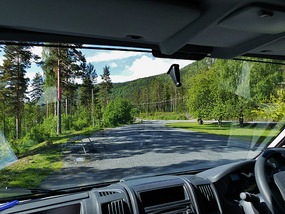
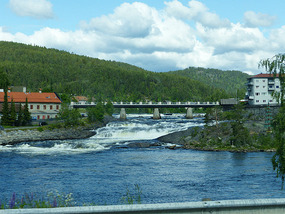
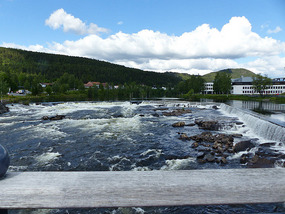

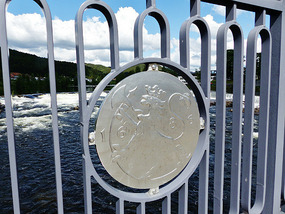
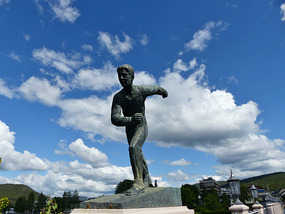
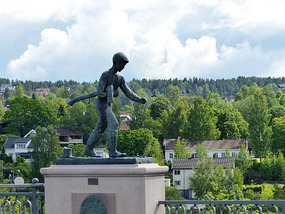
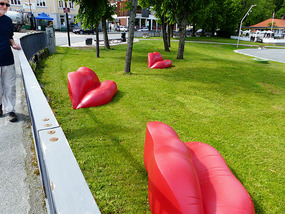
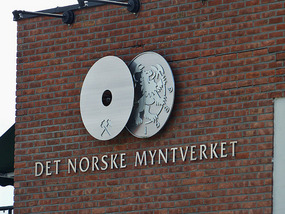
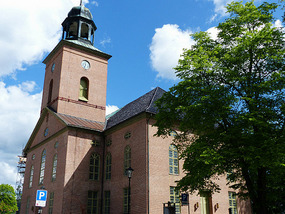
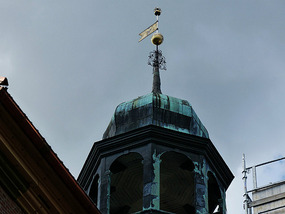
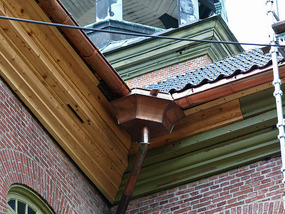
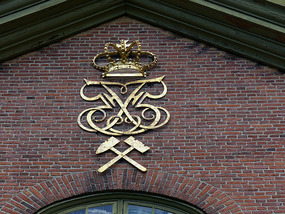
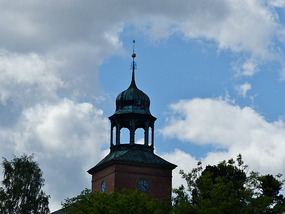
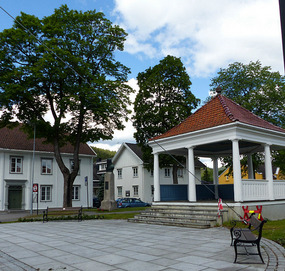
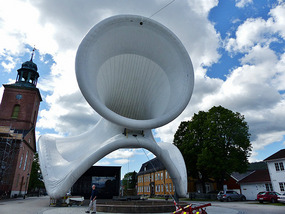
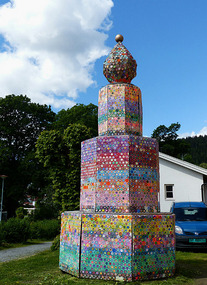
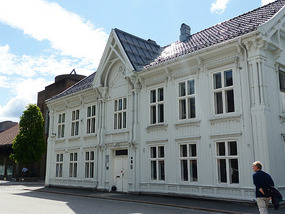
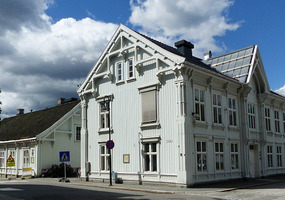
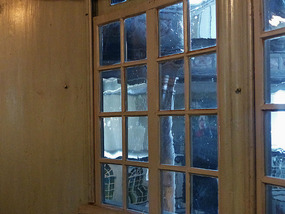

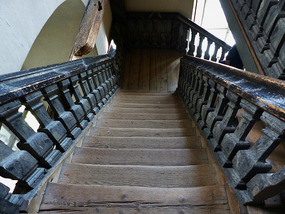
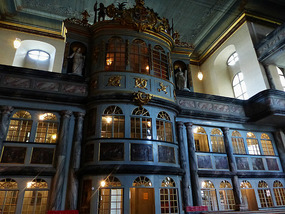
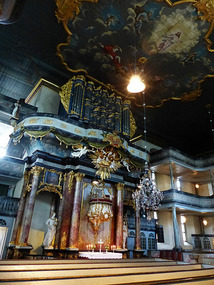

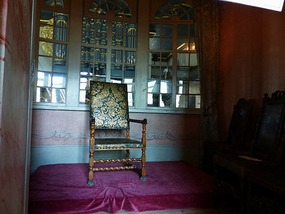
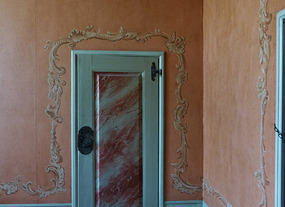

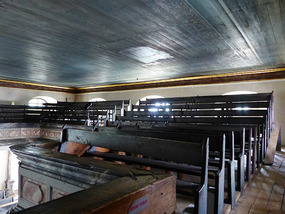
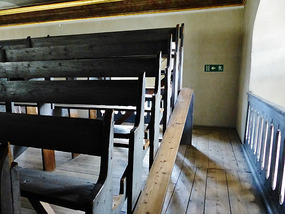
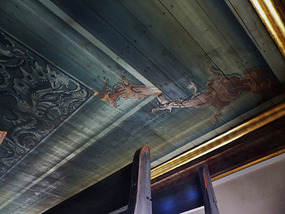
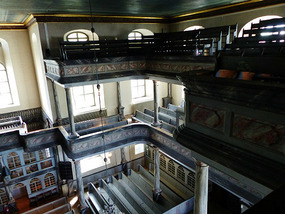
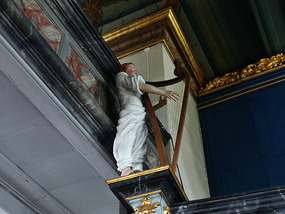
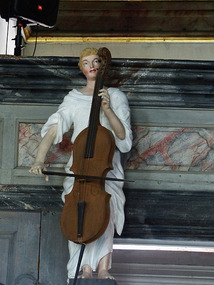
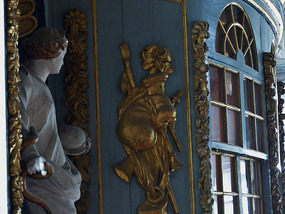
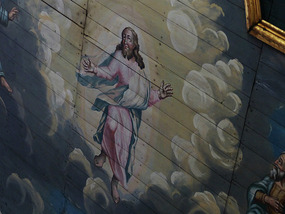
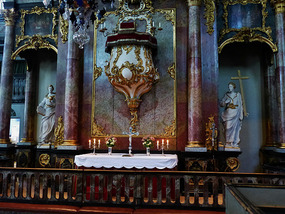
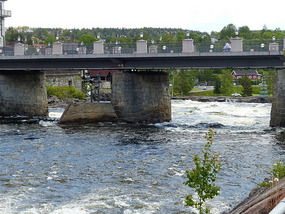
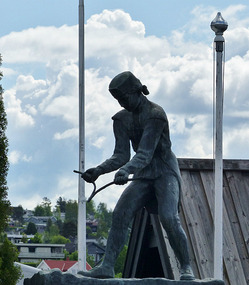
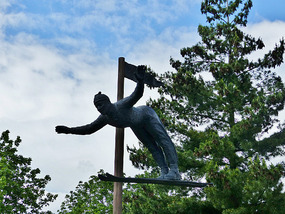
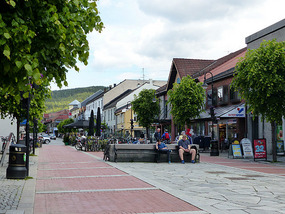
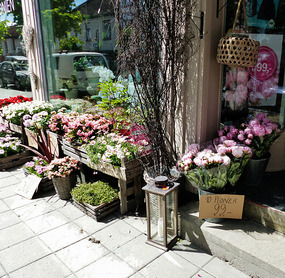
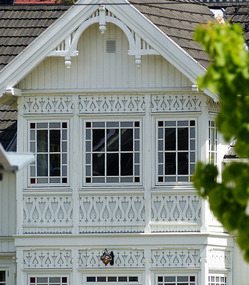
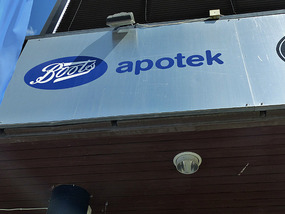
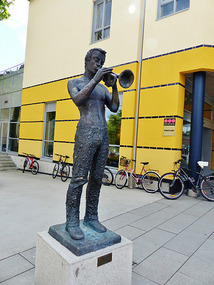
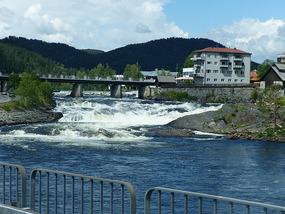
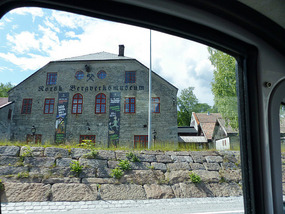
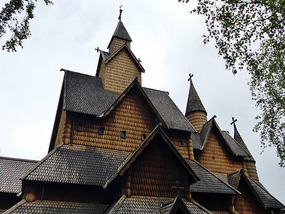
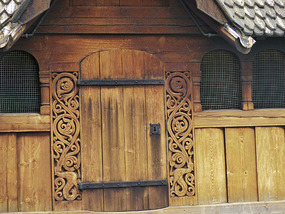
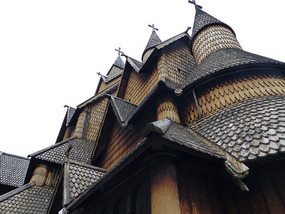

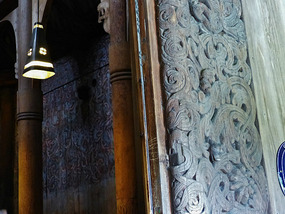
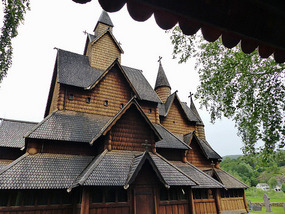
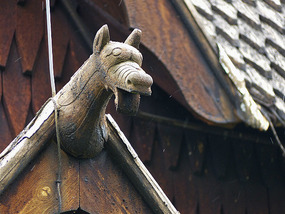
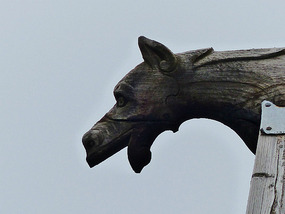
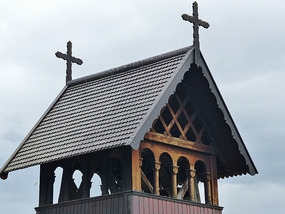
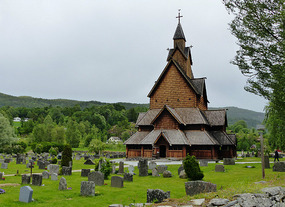
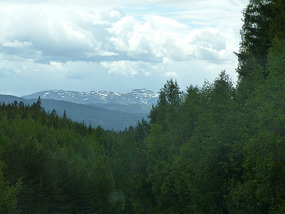
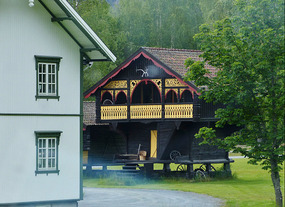
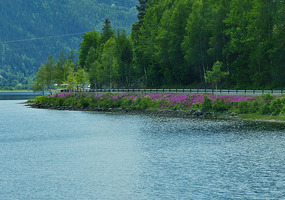
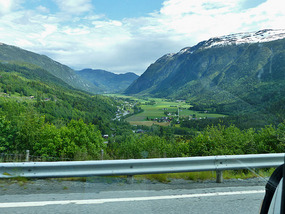
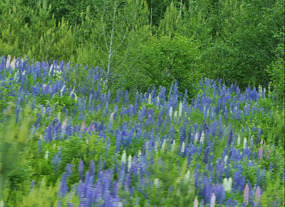
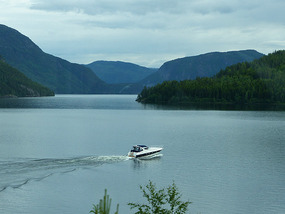
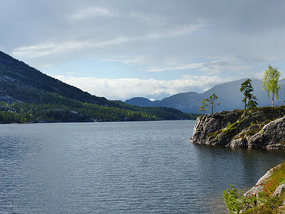
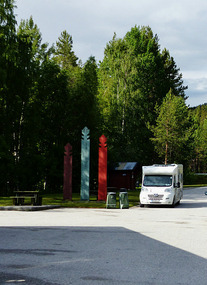
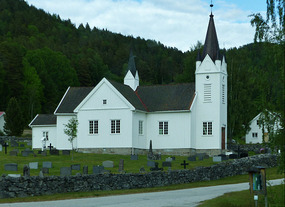
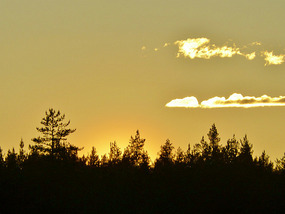
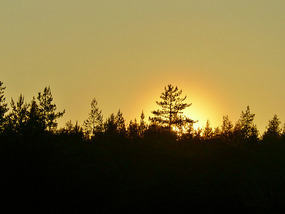








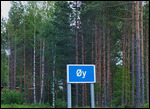
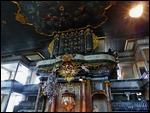
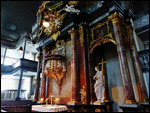
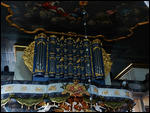
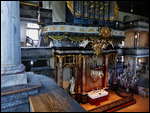
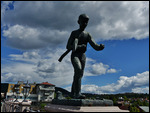
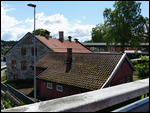
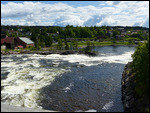
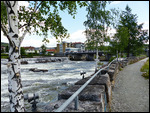

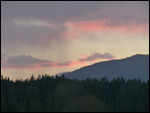
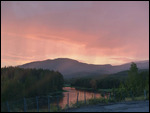
2025-05-22